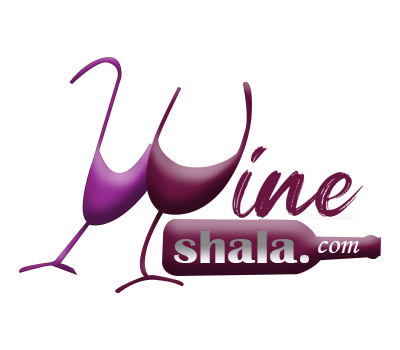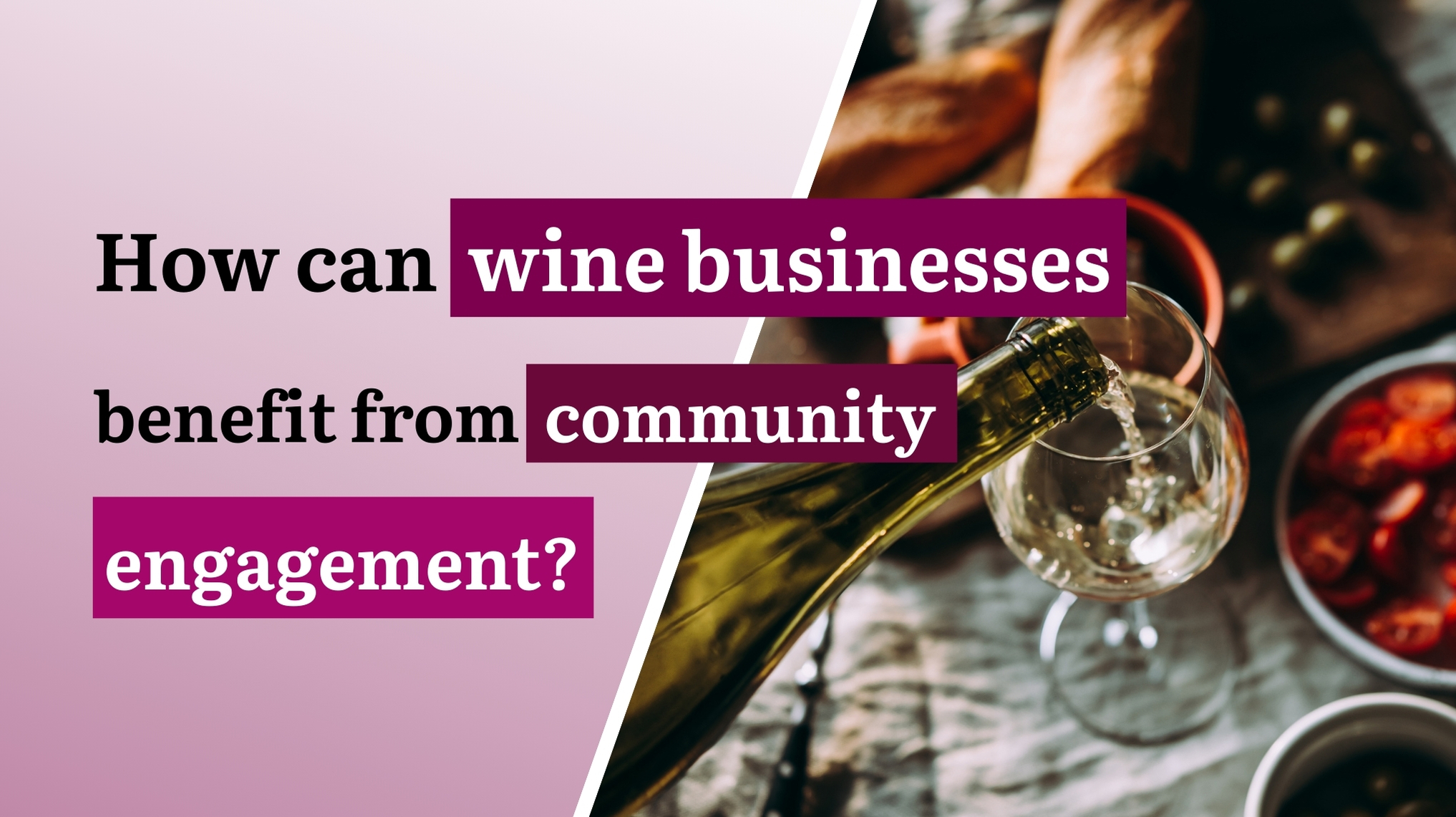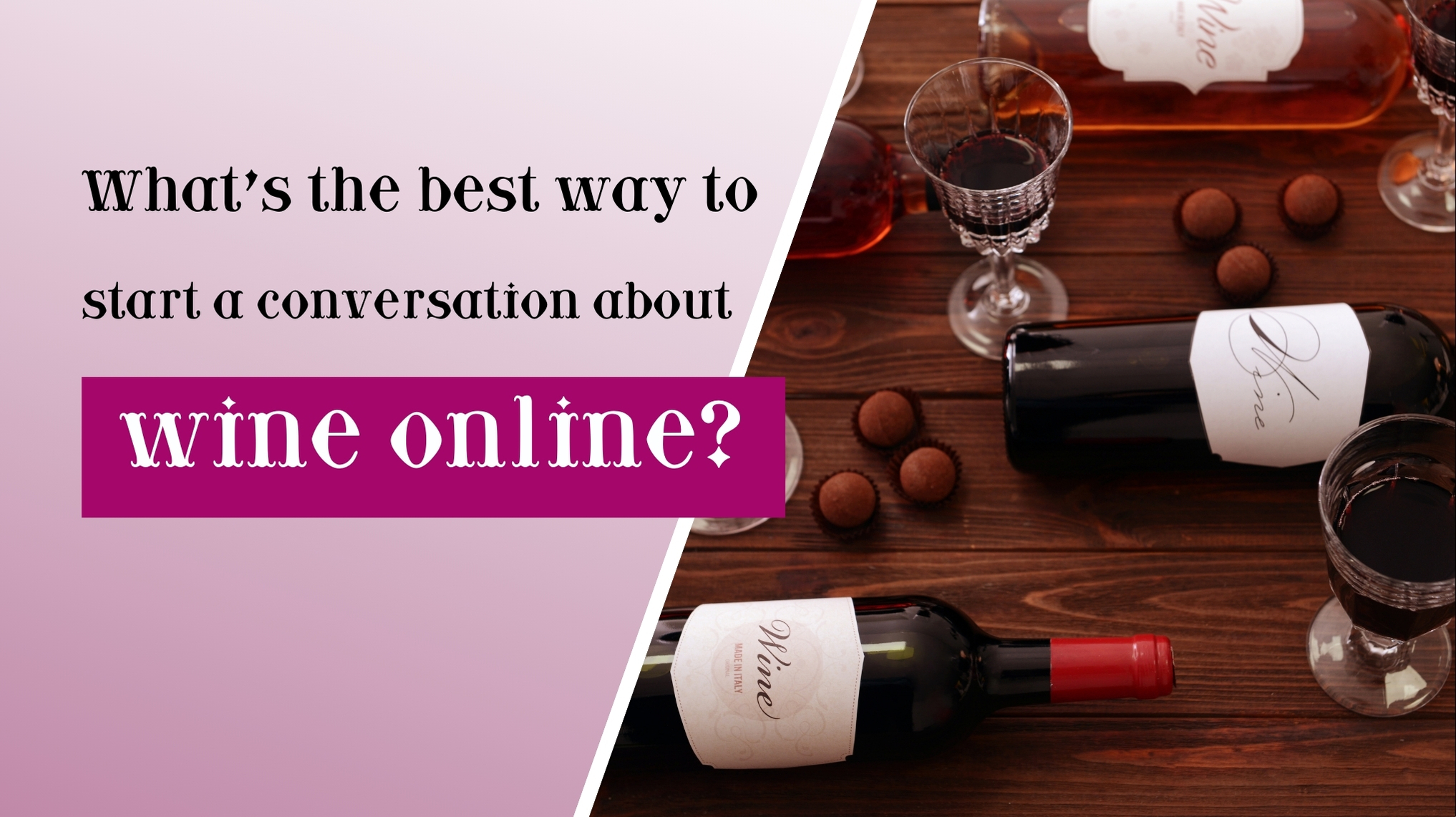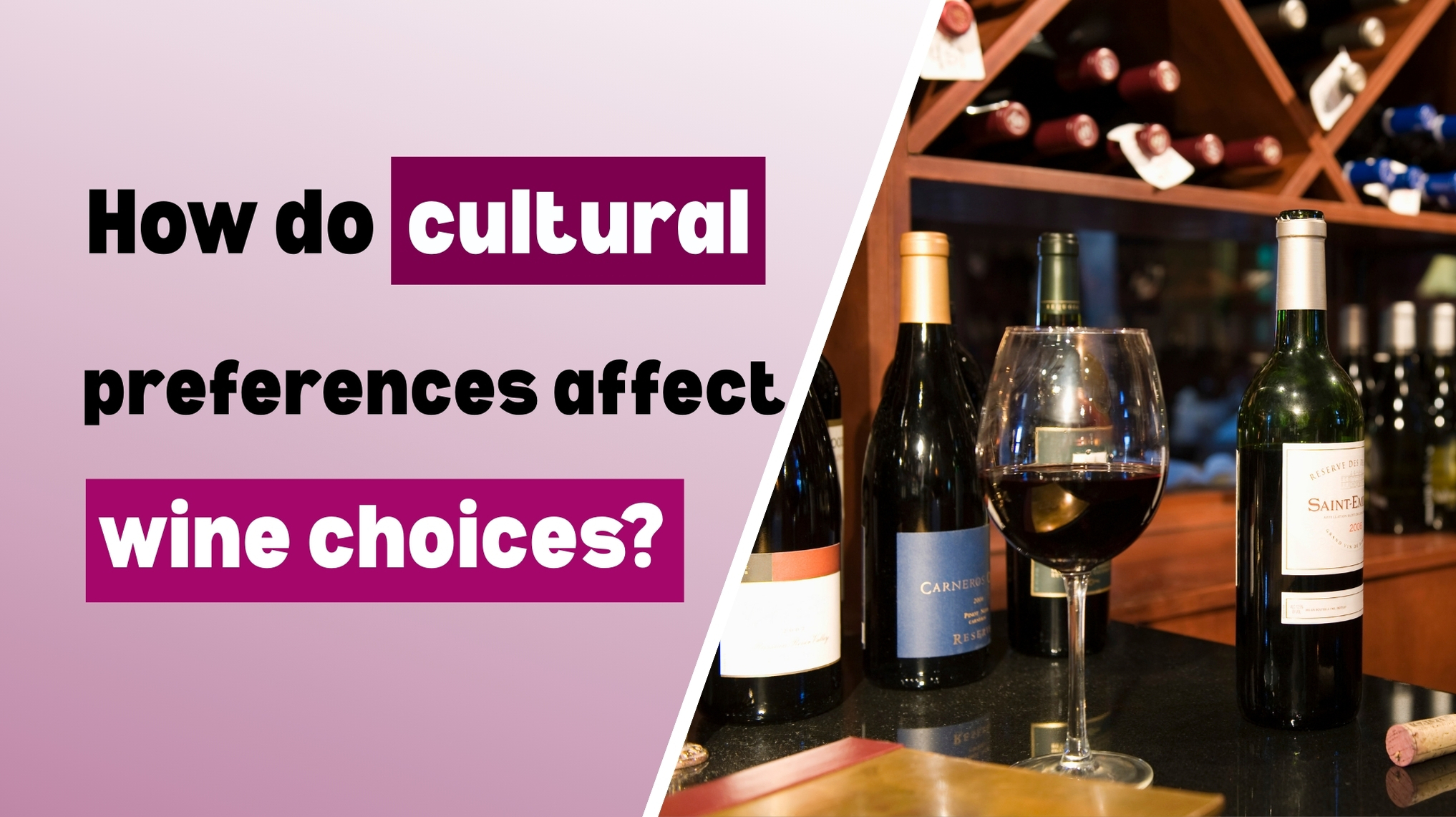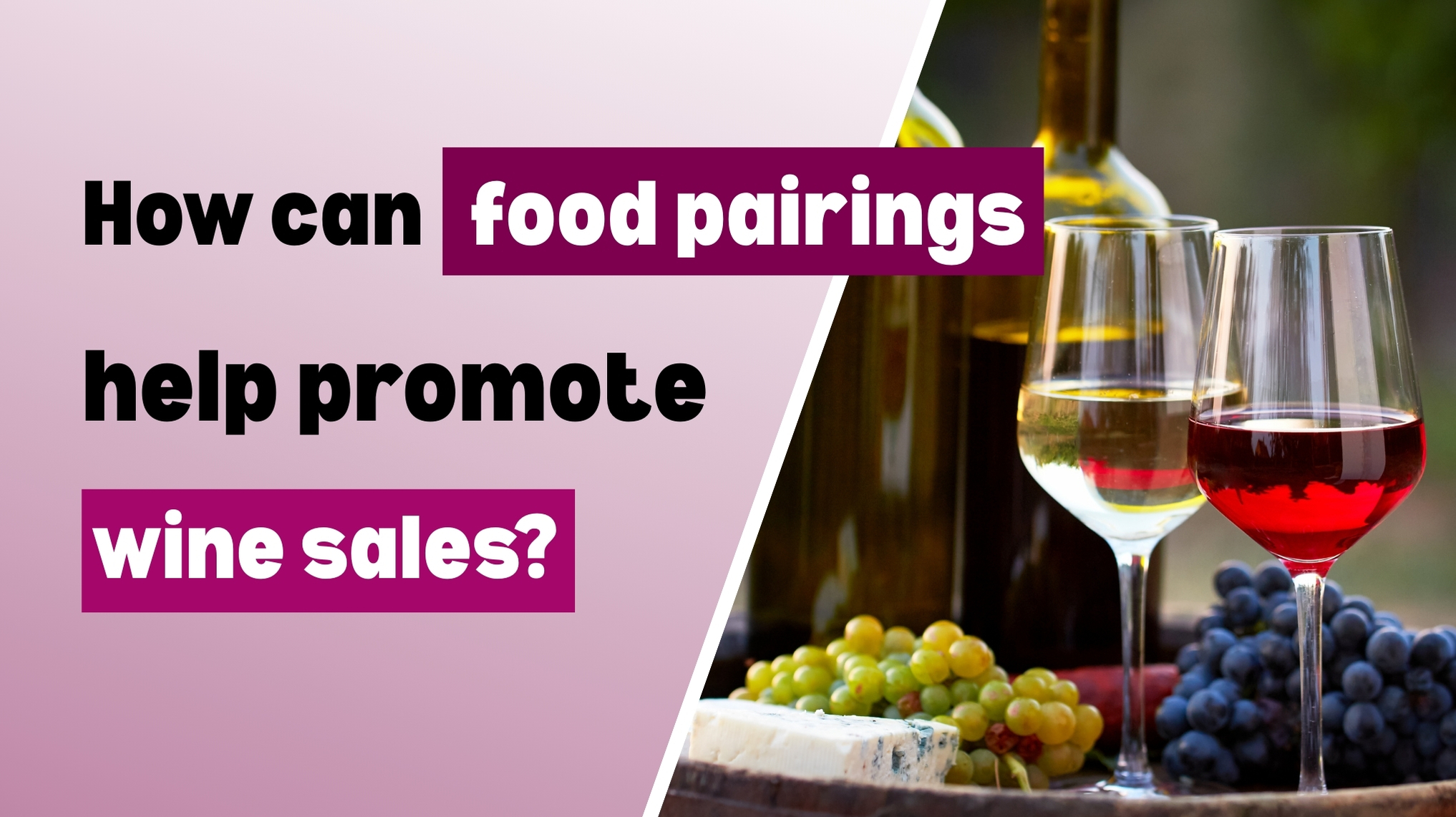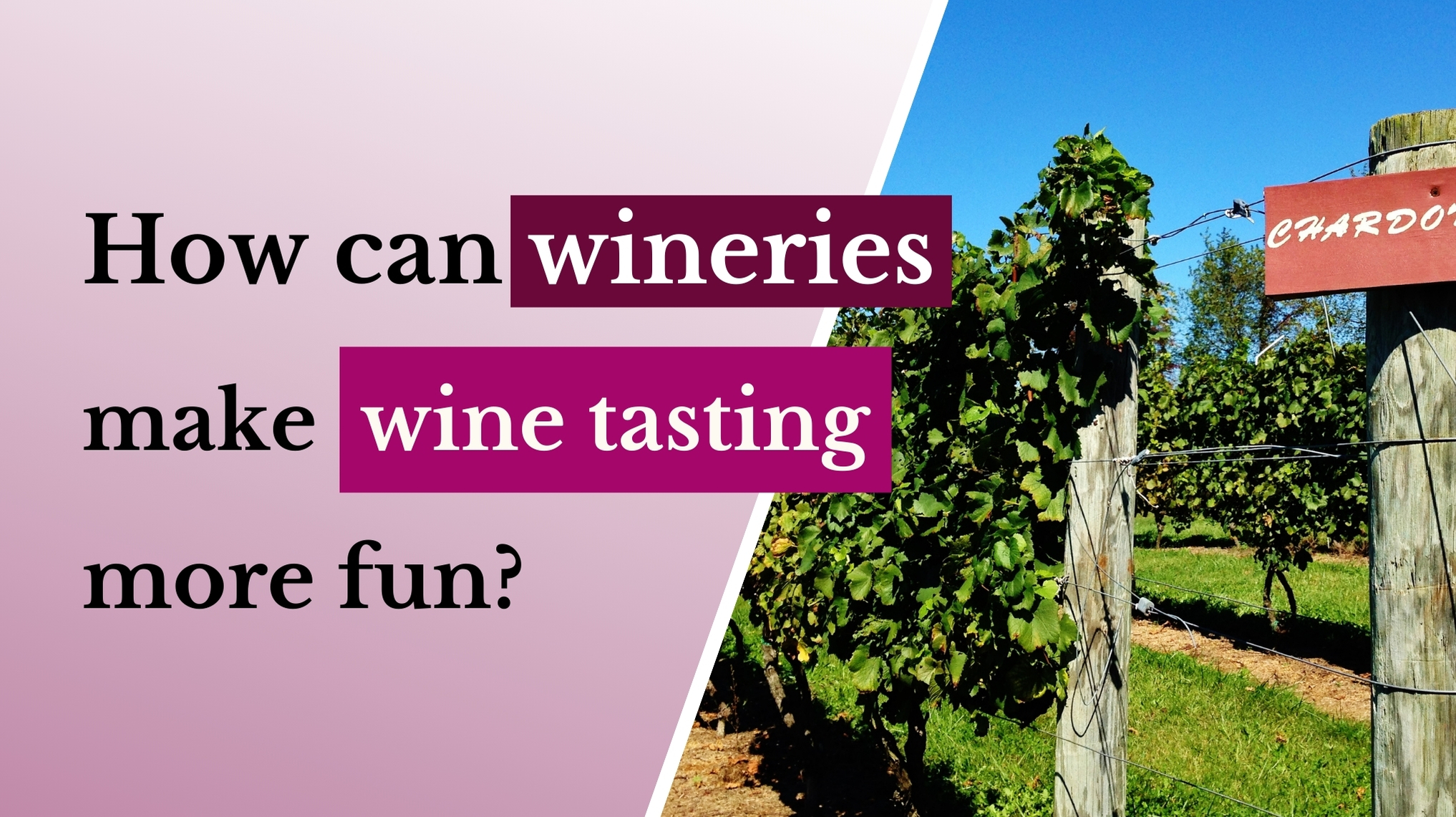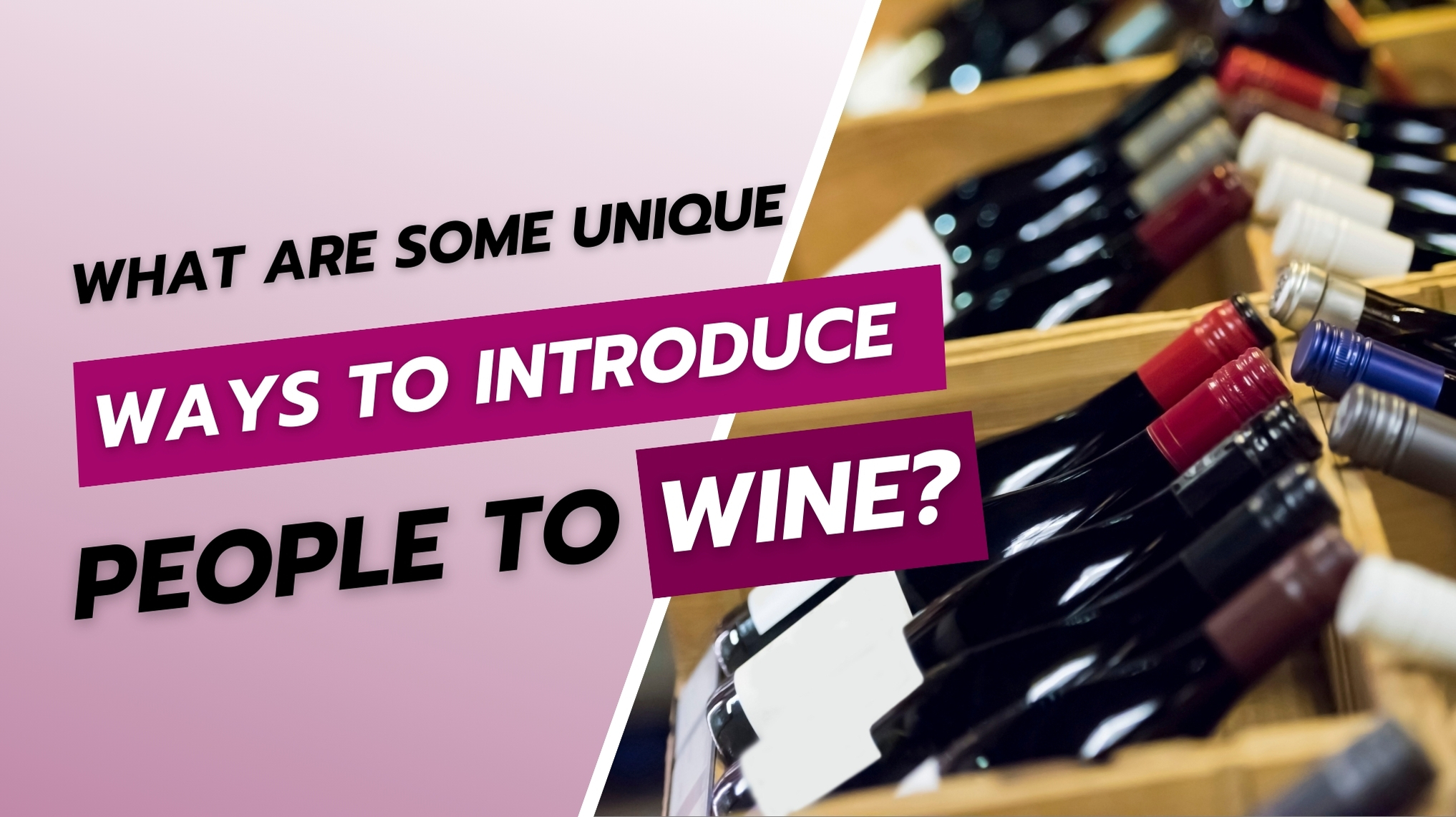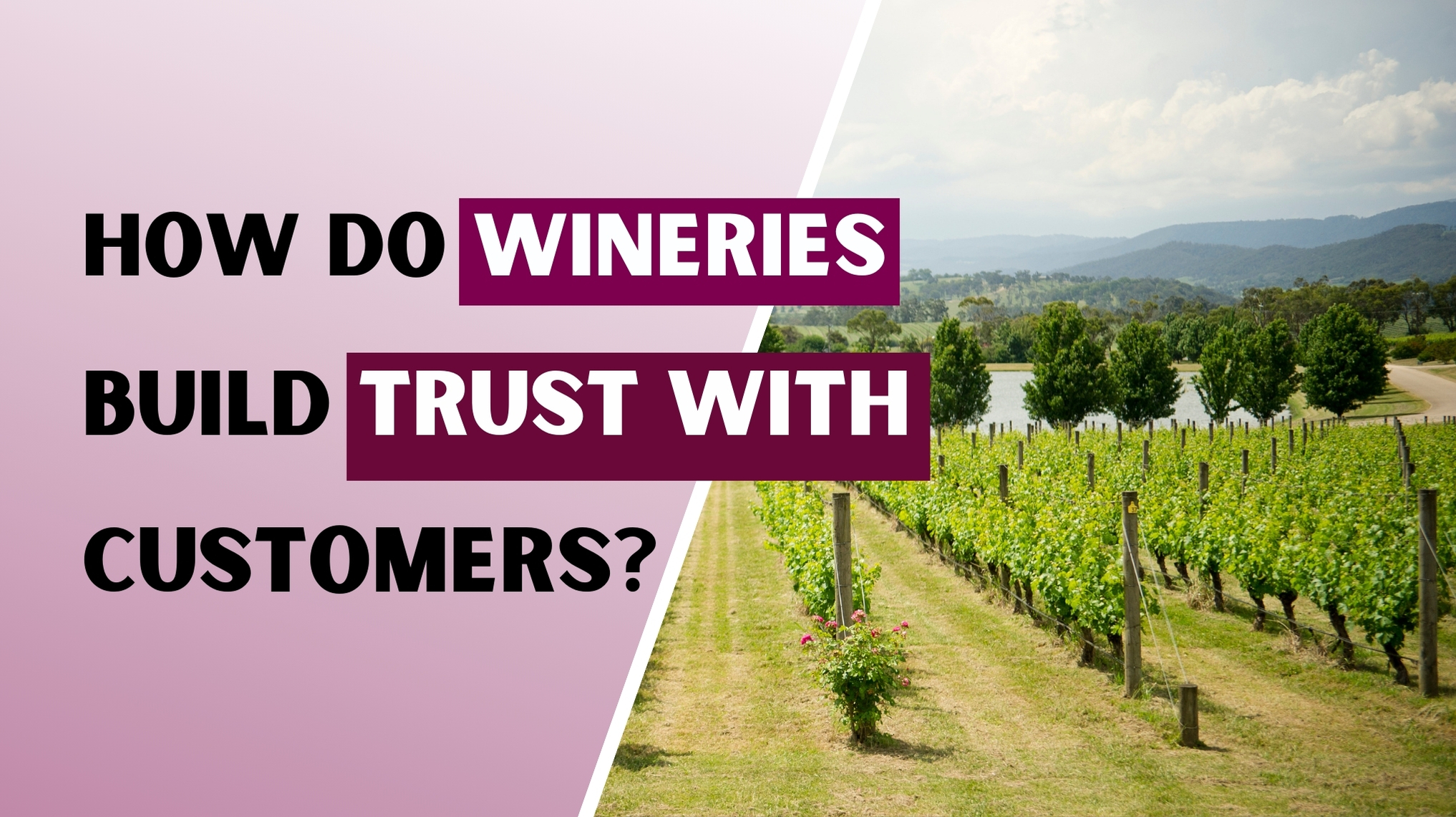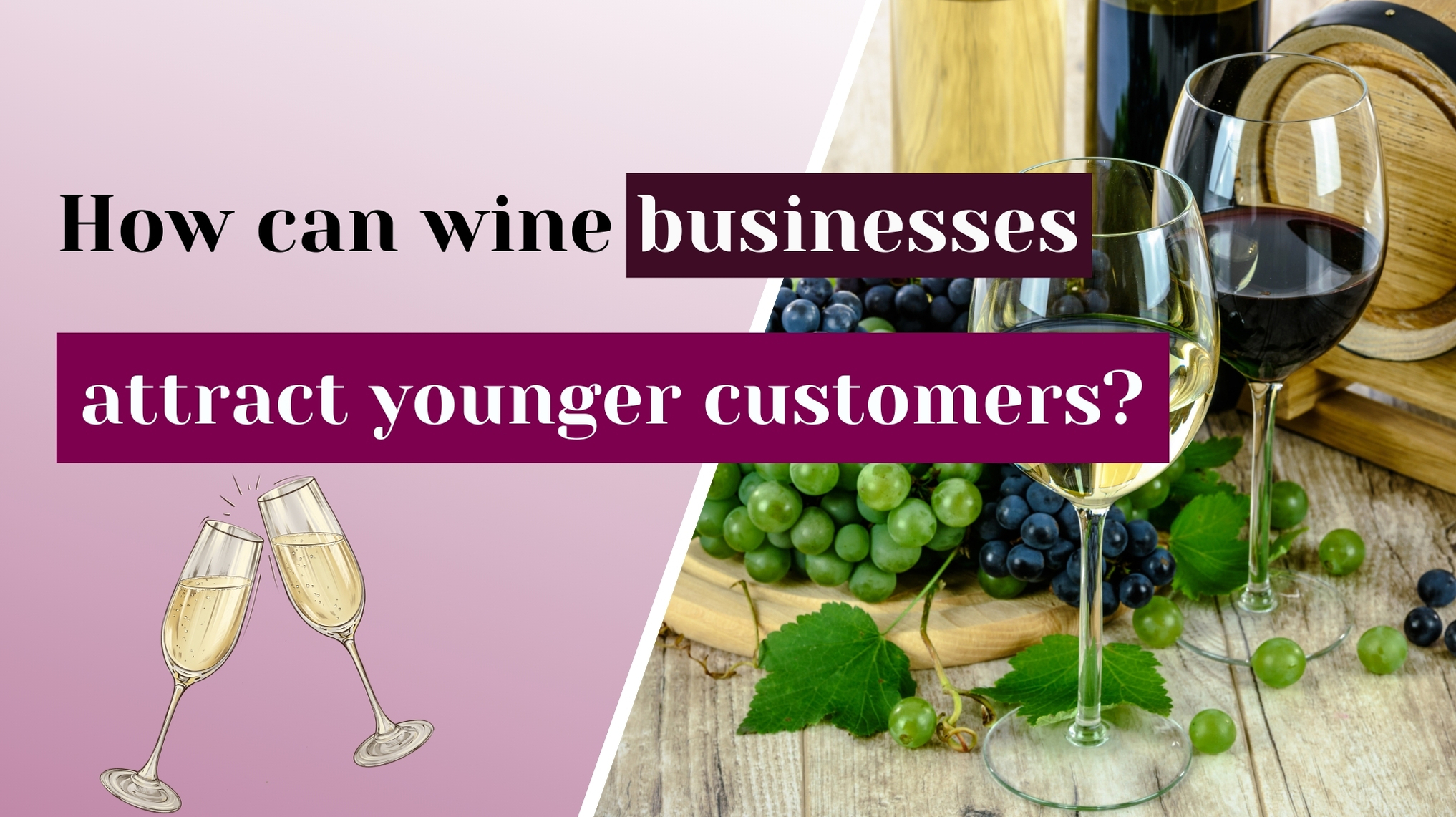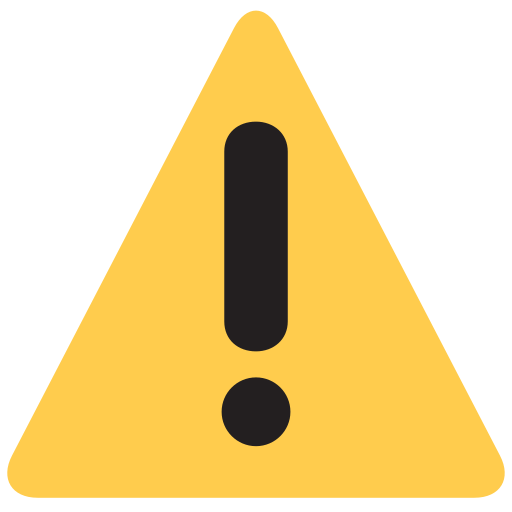What is the best way to educate customers about different wines?
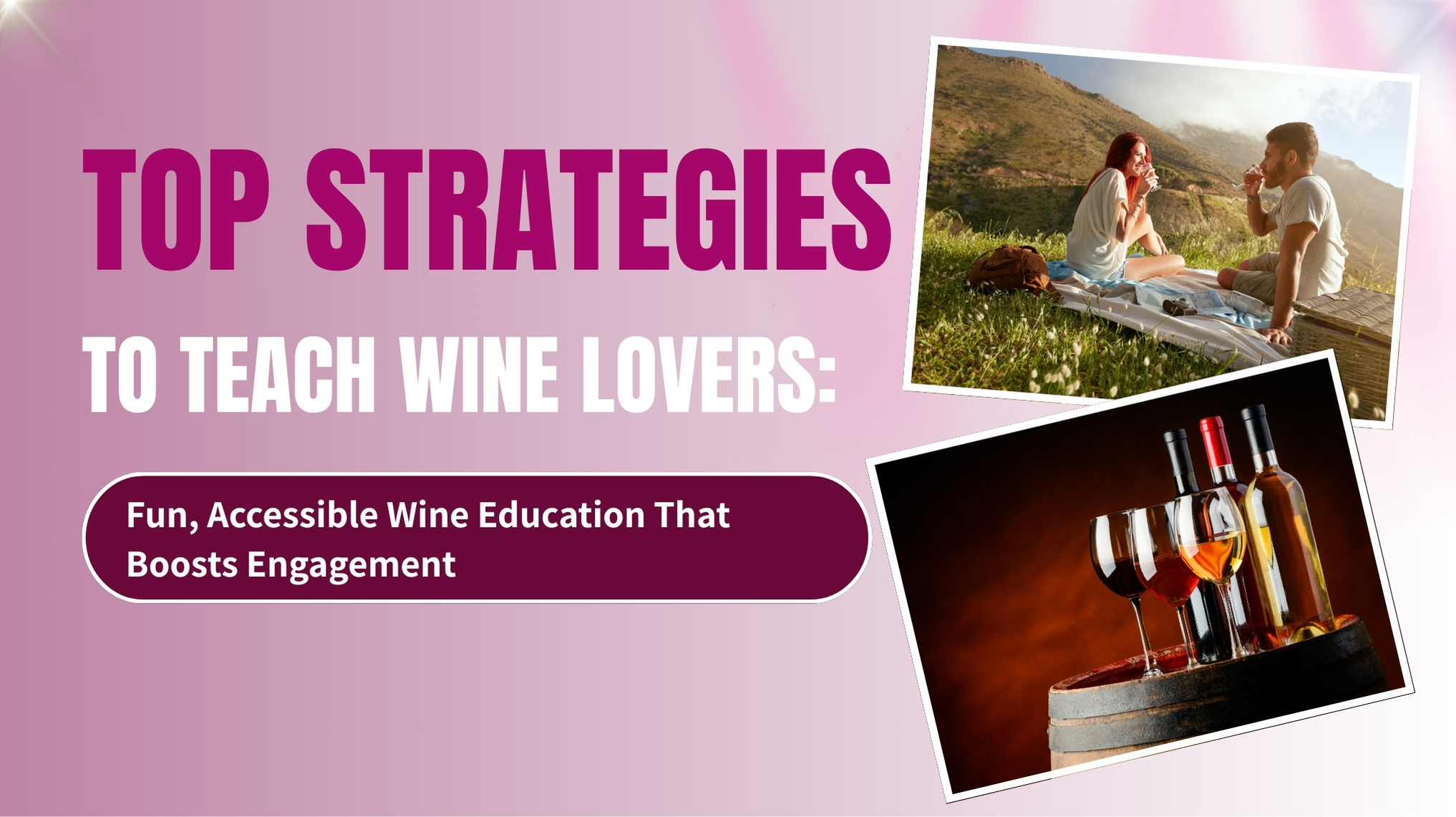
Top Strategies to Teach Wine Lovers: Fun, Accessible Wine Education That Boosts Engagement
Why Wine Education Matters?
Educating customers about wine is not just a nice-to-have—it’s a powerful way to build trust and drive sales. Wine education empowers customers to make informed choices, appreciate the nuances of varietals, and return for more. People who understand wine feel more confident in their purchases and more connected to the brand. This leads to repeat visits, higher satisfaction, and increased brand advocacy. In today’s competitive market, wine education is more than just informative—it's a game-changer for wineries looking to stand out.
Structured Online Courses and Certifications
Expert-Led Online Programs
Interactive courses, such as beginner-friendly wine basics, guide learners through foundational concepts like wine history, serving techniques, and proper storage. These courses are often structured into multiple modules, providing a step-by-step learning path with expert guidance.
Formal Certifications
Well-known certifications like WSET Level 1 and 2 introduce core knowledge on grape varieties, tasting techniques, and food pairing. These qualifications build consumer credibility and are ideal for both wine lovers and aspiring professionals.
Specialist Qualifications
For those seeking deeper knowledge, programs like Certified Specialist of Wine (CSW) combine academic study with hands-on tasting. Weekly assignments and structured learning make it perfect for advanced learners and those in the industry.
Accessible Platforms
Online learning platforms now offer flexible, affordable options. From comprehensive video tutorials to interactive wine appreciation series, these programs allow students to learn at their own pace, making education accessible to all wine enthusiasts.
Engaging Multimedia Content
Behind-the-Scenes Videos
Short videos showcasing vineyard life, harvest processes, or cellar tours bring authenticity to your brand. These visual narratives connect emotionally with viewers and demystify wine production.
Visual Storytelling Tools
Infographics that break down wine regions, grape profiles, and tasting notes make learning visual and engaging. Diagrams are particularly effective in helping beginners absorb information quickly.
Podcasts and Webinars
Audio content provides a passive learning experience. Whether it's wine history, tasting tips, or winemaker interviews, these channels foster ongoing engagement and reinforce brand voice.
Interactive Tastings and Workshops
Virtual Tasting Classes
Live-streamed tastings allow participants to interact with experts in real time. Whether it's identifying flavors or comparing varietals, this immersive format enhances learning and retention.
In-Person Sensory Workshops
Using aroma kits and tasting mats, these workshops help guests recognize scents and flavors before tasting the wine. Sensory training boosts confidence and sharpens tasting skills.
Mobile Apps and Gamified Learning
Wine Adventure Games
Apps offering gamified learning—through missions or challenges—make wine education fun. These features guide users through varietal history, flavor profiles, and food pairings in a playful way.
Smart Label Scanning
Apps that decode wine lists or scan labels to provide tasting notes and reviews simplify discovery. Personalized recommendations based on user behavior also increase engagement.
Taste Profile Visuals
Graphical profiles highlighting acidity, sweetness, tannins, and other traits help users understand wines in a relatable way, especially for those new to wine tasting.
Community-Driven Content and Clubs
Educational Wine Clubs
Wine clubs with curated selections paired with tasting notes, video guides, and quizzes foster a learning community. They combine entertainment, discovery, and education in one monthly experience.
User-Generated Content
Encouraging wine lovers to post tasting notes, pairings, and reviews on social media under a shared hashtag builds community and spreads brand awareness organically.
Educational Blog Series
A regularly updated blog featuring tips like “How to Taste Wine Like a Pro” or “Discovering Rare Grapes” keeps your website fresh and helps position your brand as an educational resource. Email newsletters with these topics further nurture engagement.
SEO Best Practices for Wine Education Content
Keyword Targeting: Include phrases like “wine education for beginners,” “how to taste wine,” and “best online wine course” to capture long-tail search traffic.
Mobile Optimization: Ensure your educational materials load quickly and are easy to navigate on smartphones.
Content Structure: Use H2 and H3 headers, bullet lists, and short paragraphs for clarity and readability.
Rich Media Integration: Incorporate videos, infographics, and quizzes to increase time on page and enhance user experience.
